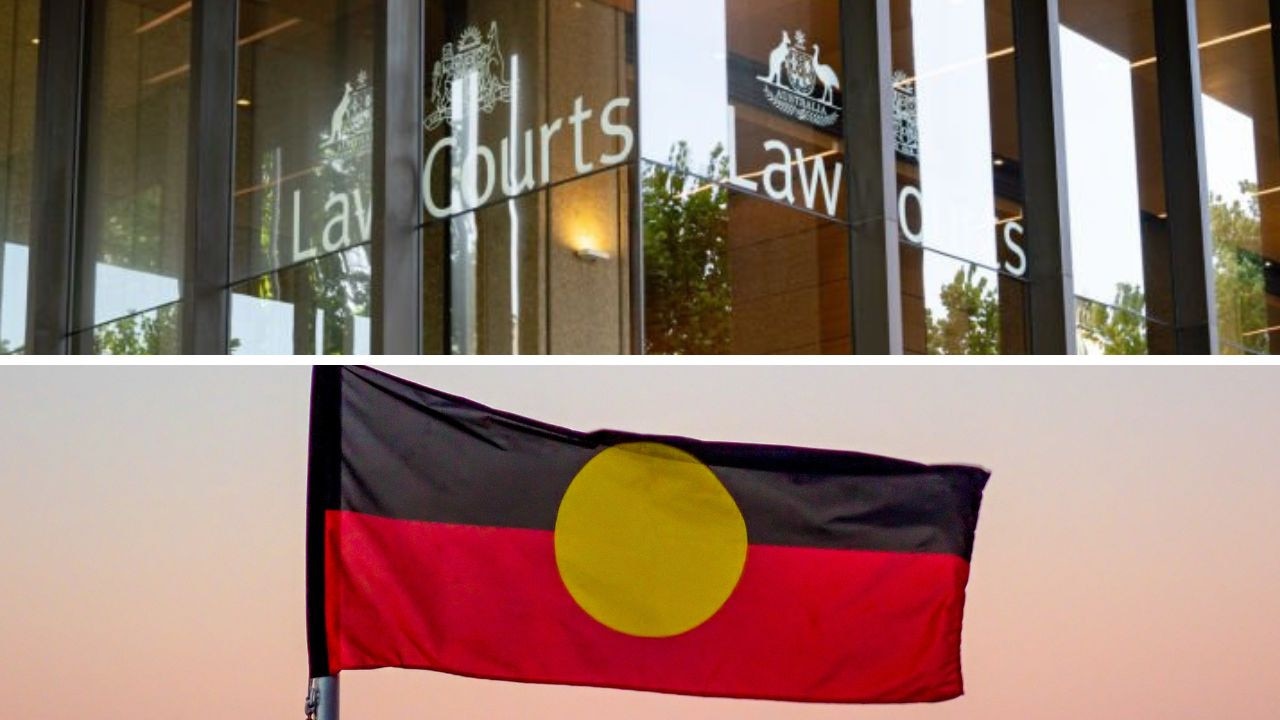Rio Tinto ‘betrayed us’ over Juukan caves
Traditional owners of the ancient Pilbara caves say they wrongly believed Rio Tinto was trying to save the precious rock shelters.

Traditional owners of the ancient Pilbara caves destroyed by Rio Tinto have told how they wrongly believed the company was taking steps to save the precious rock shelters just a day before they were blown up.
The Puutu Kunti Kurrama Pinikura, known as the PKKP, told a parliamentary inquiry they were given hope at a meeting with Rio Tinto employees on the morning of May 23, 2020 - 24 hours before the blasts - that Rio Tinto was trying to remove unexploded blast materials from holes in the area.
“Our understanding from that discussion was that they were removing, they were attempting to remove blasts so that it would mitigate the impact on the rock shelters,” Ms Meredith said.
Rio Tinto did successfully remove unexploded blast material from seven of the 382 holes in the area in last-minute works.
According to evidence at the inquiry, the consistent advice of blast experts was that “the entire shot could not be unloaded”. In other words, it was too late to save the caves once the blast material was in the holes, so the company continued to load holes in preparation for the May 24 blast.
“The whole time, we were under the impression that they were trying to exercise mitigating actions to actually save the shelter,” Ms Meredith said. “That is why finding out that they were actually loading further blasts was so offensive to us because … they told us they were trying to lessen the impact, not add to it.”
Ms Meredith gave evidence with traditional owners to the joint standing committee on northern Australia on Monday as it continued to probe events that led to the destruction of the caves. Rio Tinto had obtained permission to blast the caves years earlier, and funded research that uncovered evidence that the caves were used by Indigenous people for 46,000 years. Items removed from excavations of the caves included human hair believed to have been a belt.

Backlash over the loss of the caves led to pressure from shareholders and Rio Tinto Group chief executive Jean-Sebastien Jacques, Rio Tinto chief executive iron ore Chris Salisbury and corporate relations group executive Simone Niven stepped down.
PKKP adviser Rick Davis suggested the blasts may not have destroyed the caves entirely, and that Rio Tinto could help to restore as much of the original landscape as possible. “An optimistic view is that the cave floors are intact and some of the walls and particularly the roof of the caves and ... some of that may be intact,” he said. “You’ve got to get that material off the top of it and get in and have a closer look.
“Rio Tinto obviously has an enormous amount of innovative capacity – we’ve seen that on site with their remote-controlled trucks … So we’ll be calling on that innovative capacity to turn this from an active mining area into a rehabilitation project to bring it back as best we can to the original landscape.”
The inquiry also heard PKKP concerns that iron ore miner FMG had applied for a mining lease in an area near Juukan Gorge that Rio Tinto had promised the PKKP it would not mine.
FMG said it had begun talking to the PKKP about cultural heritage and had “no current plans to mine the area”.




To join the conversation, please log in. Don't have an account? Register
Join the conversation, you are commenting as Logout